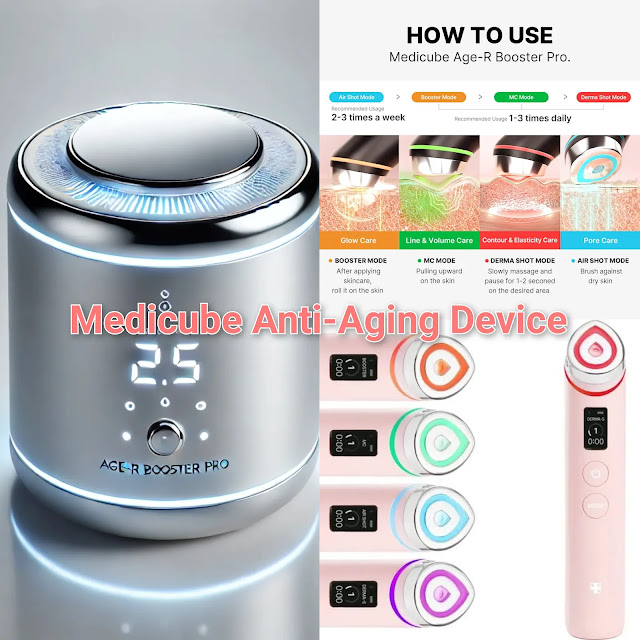Aloe vera has been cherished for centuries as a skin-healing, soothing, and hydrating plant. From calming sunburns to moisturizing dry skin, its benefits are undeniable. But recently, a popular Instagram and DIY skincare trend claims that you can make “aloe vera gel with SPF” at home.
❓ Is it really possible?
Let’s uncover the myths, facts, risks, and red flags behind this trend.
Aloe vera Gel Benefits & Uses.
🌸 1. Does Aloe Vera Naturally Have SPF?
-
Aloe vera contains antioxidants and enzymes that help heal damaged skin.
-
However, its natural sun protection is extremely low – about SPF 1–2 at best.
-
This is not nearly enough to protect your skin from UVA/UVB rays.
✅ Aloe vera is great for after-sun care but not as a sunscreen.
🚩 2. The Instagram Myth: DIY Aloe + Oils = SPF Cream
Many people mix aloe vera gel with oils like coconut, carrot seed, or raspberry seed oil, claiming it gives “SPF 30+.”
👉 The truth:
-
Oils are not reliable sunscreens.
-
Their SPF (if any) is inconsistent and breaks down under sunlight.
-
Aloe gel can’t “hold” UV filters in a way that guarantees protection.
Result? ❌ False sense of safety → risk of sunburn, skin damage, and premature aging.
🧪 3. Why Real Sunscreens Are Different
SPF is not just about ingredients — it’s about scientific formulation and testing.
-
Sunscreen needs active UV filters like zinc oxide, titanium dioxide, or avobenzone.
-
These must be added in precise amounts.
-
The product must be stability-tested in labs to prove it protects skin for the SPF number written on the label.
Homemade mixes can never provide this guarantee.
🚩 4. Red Flags in Fake SPF Aloe Products
Here’s how to spot unreliable claims:
-
❌ No SPF testing mentioned → Real sunscreens always say “clinically tested SPF.”
-
❌ Homemade/DIY sellers → SPF products can’t be made in a kitchen.
-
❌ Only natural ingredients listed (aloe, oils, butter) → No actual UV filters.
-
❌ No active sunscreen agents like zinc oxide or titanium dioxide.
-
❌ Too-good-to-be-true claims (e.g., “all-natural SPF 50 aloe gel”).
-
❌ No packaging details → No expiry date, batch number, or certification.
-
❌ “Organic oils with SPF” marketing → Oils degrade quickly in sunlight.
🚨 If you see these, don’t trust the product!
🌿 5. Safe Ways to Use Aloe Vera with Sunscreen
Since aloe is wonderful for skin, you don’t have to avoid it — just use it correctly:
-
Layering method:
-
Apply aloe vera gel (hydration & soothing).
-
Let it absorb.
-
Apply a broad-spectrum sunscreen (SPF 30 or higher).
-
-
Buy professional products: Some brands make aloe vera gels with lab-tested SPF. These are safe because they’re scientifically validated.
🌞 6. Aloe Vera Gel with SPF – Myth vs. Fact
| ❌ Myth | ✅ Fact |
|---|---|
| Aloe vera gel itself works as sunscreen | Aloe offers only SPF 1–2 (too low) |
| Mixing aloe + oils = natural SPF 30 | Oils break down fast, no reliable protection |
| Homemade aloe sunscreen is safe | SPF requires lab testing & stability |
| DIY SPF aloe gel can replace sunscreen | Always use real tested sunscreens |
🧴 7. Safe DIY Aloe Recipe (Without SPF)
If you love DIY, you can make an aloe vera moisturizing cream (but not SPF):
Ingredients:
-
2 tbsp fresh aloe vera gel
-
1 tsp jojoba or almond oil
-
2–3 drops lavender or tea tree oil (optional, for calming)
How to use:
-
Mix well, store in a clean container (refrigerate for freshness).
-
Apply as a hydrating cream before sunscreen.
✨ This will nourish and soothe your skin but does not replace sunscreen.
⚠️ 8. Final Word of Caution
Relying on homemade or Instagram “SPF aloe gels” can cause serious skin harm. Sun protection is not a DIY project — it’s science that requires clinical testing.
🌿 Use aloe for what it’s best at: healing, soothing, and hydrating.
☀️ Use sunscreen for what it’s designed for: real sun protection.
✅ Bottom line:
Aloe vera gel with SPF is a myth unless lab-tested. Don’t fall for misleading claims. Stay safe, stay glowing, and always protect your skin with tested broad-spectrum sunscreen.






















Comments
Post a Comment